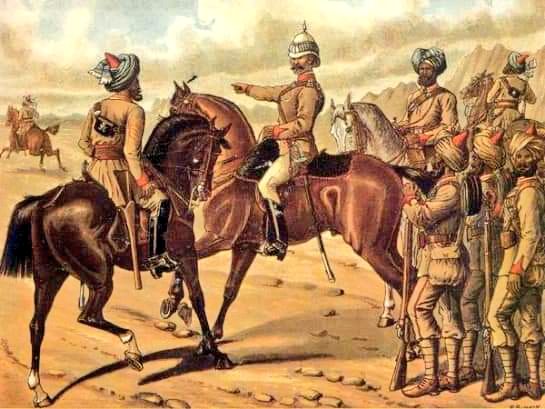Khaki, a term derived from the Urdu word “Khak” meaning soil, has a fascinating history in India. This unassuming colour, often associated with military and outdoor wear, has deeper roots than one might imagine. The journey of khaki uniforms and their significance in India is quite interesting.
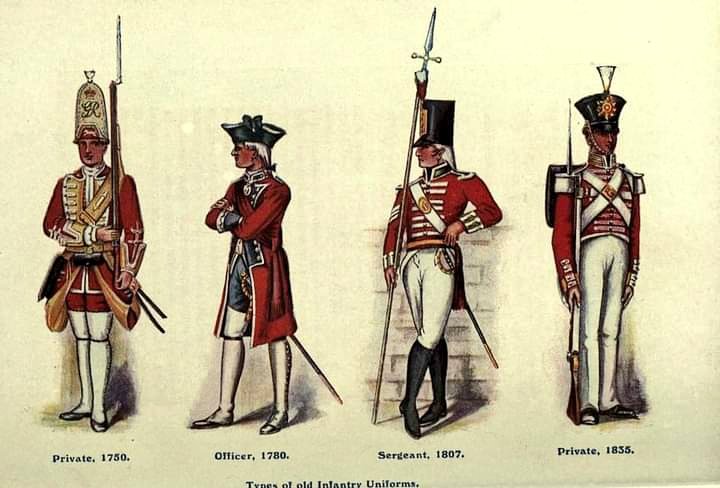
Origins and Early Challenges
During the mid-19th century, the British Empire maintained its dominion over India. The English soldiers deployed in this subcontinent stubbornly clung to their traditional red woollen uniforms. However, these garments proved utterly unsuitable for the scorching Indian climate. The juxtaposition of these crimson uniforms against the Indian landscape inadvertently reinforced the notion of English superiority over the native population.
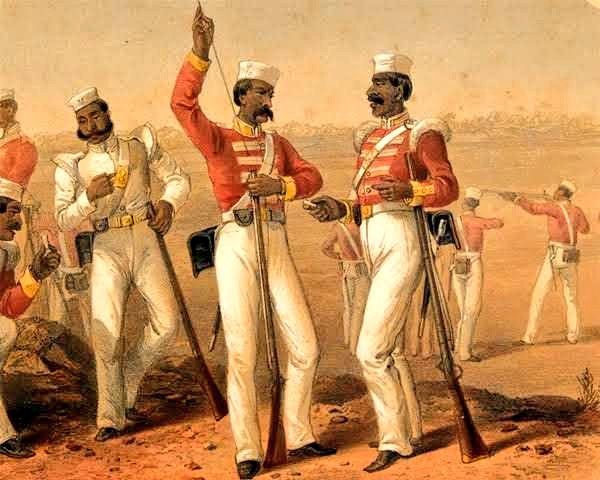
The Corps of Guides and the Birth of Khaki
Enter Sir Henry Lumsden, who observed that Indian privates opted for lightweight cotton garments, often smearing them with soil or tea to blend into their surroundings. Recognizing the practicality of this approach, Lumsden introduced khaki uniforms for the Corps of Guides. Initially ridiculed by other British units as “mudlarks” due to their dirt-coloured attire, the Guides soon proved the superiority of their cooler, camouflaged khaki uniforms.
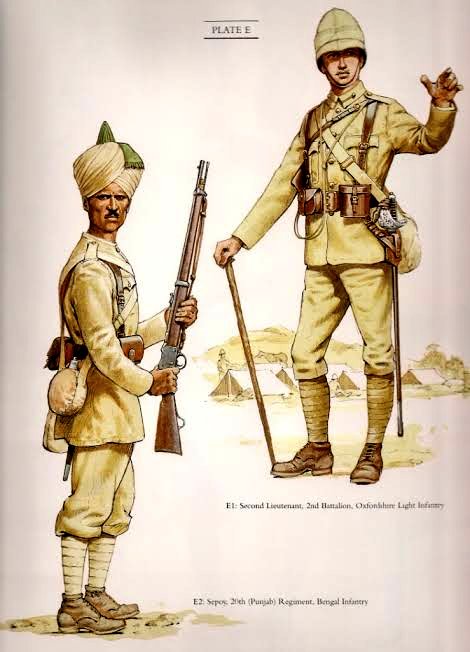
The Official Adoption of Khaki
In 1848, khaki uniforms received official recognition. These early versions were dyed using mud and marazi, a plant native to Punjab, resulting in the distinctive khaki hue. Over time, improvements led to a perfected khaki dye patented in 1899. This innovation transformed khaki into a practical and enduring choice for military attire. Throughout the two World Wars, the British uniform retained its khaki colour, cementing its association with military service and resilience on the battlefield.
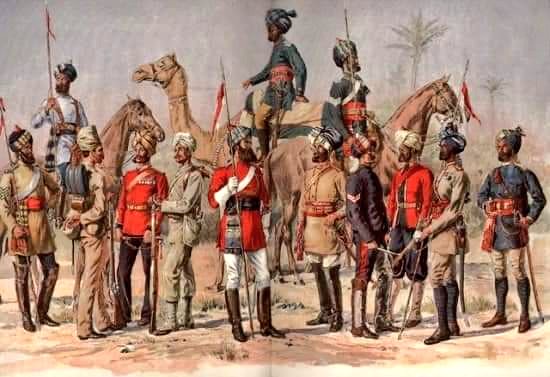
Khaki Today
Khaki, once exclusively associated with military attire, continues to thrive in the modern world. Its practicality and durability have made it the go-to uniform for troops across the globe. Whether navigating rugged landsc
apes or urban environments, khaki seamlessly adapts. But its influence extends beyond the battlefield.
Designers now embrace khaki, infusing it into everyday wear, home interiors, and accessories. The earthy hue evokes a sense of timelessness, bridging history and contemporary style. From cargo pants to chic jackets, khaki remains a versatile and enduring choice, transcending its humble origins.
The Indian Context
In India, khaki holds additional significance. It is closely associated with the Rashtriya Swayamsevak Sangh (RSS), a nationalist organisation. However, in 2016, the RSS transitioned away from khaki shorts due to their colonial connotations, opting for full-length trousers instead.
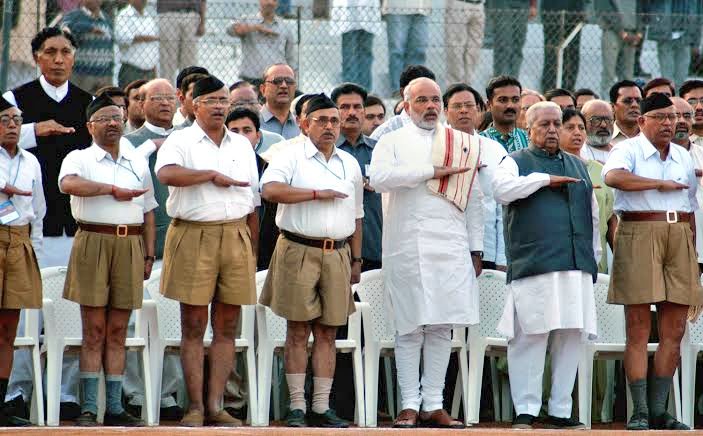
Khaki’s journey from soil-stained garments to a global symbol of practicality and resilience reflects its enduring legacy. Whether on the battlefield or in everyday life, khaki continues to make its mark, bridging history and modernity.


